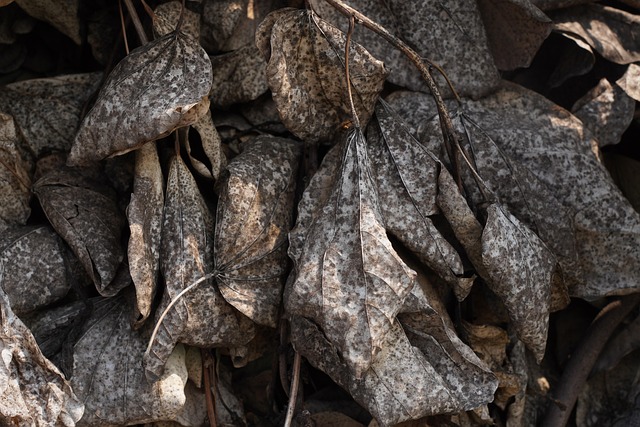The humid San Antonio climate poses unique challenges for homeowners regarding attic mold, with high moisture levels fostering ideal growth conditions for various molds, mildews, and yeasts. Regular inspections are crucial to detect these issues early as prolonged growth can cause significant damage and health risks through allergen exposure and toxic compound release. Understanding lab results helps identify common molds like Aspergillus, Penicillium, and Cladosporium, each with distinct characteristics and potential impacts on indoor air quality. Timely action, including professional remediation, is essential for a safe living environment. A comprehensive approach involves improving ventilation, AC condenser maintenance, enhanced insulation, strategic use of dehumidifiers, good air circulation, and regular water leak checks to proactively tackle attic mold problems in San Antonio's humid climate.
In the humid San Antonio climate, attic mold problems are prevalent, posing significant health risks. This article guides homeowners through understanding attic mold growth and interpreting lab results for common mold types. We explore strategies to address and prevent these issues effectively. By learning to recognize mold indicators and implementing preventative measures, you can maintain a healthier home environment, mitigate damage from mold, and ensure peace of mind in your San Antonio residence.
- Understanding Attic Mold Growth in Humid Environments
- Interpreting Lab Results: Common Mold Types and Health Risks
- Effective Strategies for Addressing and Preventing Attic Mold Problems
Understanding Attic Mold Growth in Humid Environments

The Attic mold problems in humid San Antonio climate are a common concern due to the region’s naturally moist environment. Attics, being spaces above homes where humidity can accumulate, provide ideal conditions for mold growth if left unchecked. This is particularly true during periods of high rainfall and elevated temperatures, when moisture seeps into materials like wood, insulation, and drywall, fostering an ecosystem perfect for mold spores to thrive.
San Antonio’s humid climate creates a challenging environment where attic mold problems can quickly escalate. Insufficient ventilation or poor air circulation allows moisture to linger, turning attics into breeding grounds for various molds, mildews, and yeasts. Regular inspections are crucial for homeowners to identify these issues early, preventing extensive damage and ensuring the health and safety of occupants by mitigating potential allergens and toxic compounds produced by mold growth.
Interpreting Lab Results: Common Mold Types and Health Risks

Interpreting lab results is a crucial step in understanding attic mold problems in the humid San Antonio climate. Common mold types, such as Aspergillus, Penicillium, and Cladosporium, are often found in homes due to the region’s high humidity levels. These molds can pose significant health risks, including respiratory issues, allergies, and even neurological problems for sensitive individuals.
When analyzing lab results, it’s essential to identify the specific mold species present. Each type has unique characteristics and potential impacts on indoor air quality. For instance, Aspergillus is known to produce toxic compounds called mycotoxins, which can cause severe health complications over time. Prompt action is necessary if Attic mold problems in humid San Antonio climate are detected, including professional remediation to ensure a safe living environment.
Effective Strategies for Addressing and Preventing Attic Mold Problems

Addressing attic mold problems in the humid San Antonio climate requires a multi-step strategy. First, improve ventilation by installing exhaust fans or opening windows to reduce moisture buildup. This is especially crucial during hot and humid summers when condensation can thrive. Regularly checking and cleaning air conditioning condensers can also help mitigate excess humidity.
Additionally, consider increasing insulation in your attic to prevent temperature fluctuations that contribute to moisture issues. Using de-humidifiers strategically can further control humidity levels. Finally, maintain proper air circulation by ensuring vents aren’t blocked and regularly inspect for any signs of water intrusion or leaks. By implementing these effective strategies, homeowners can proactively prevent and address attic mold problems unique to the humid San Antonio climate.
The San Antonio climate’s high humidity levels create a fertile ground for attic mold growth, underscoring the importance of proactive measures. By understanding common mold types and their health risks, as discussed in this article, homeowners can effectively interpret lab results and take appropriate action. Implementing preventive strategies such as improving ventilation, maintaining low indoor humidity, and promptly addressing water leaks is crucial to mitigate attic mold problems. Remember that prompt and thorough remediation ensures a healthier home environment for all San Antonio residents.
